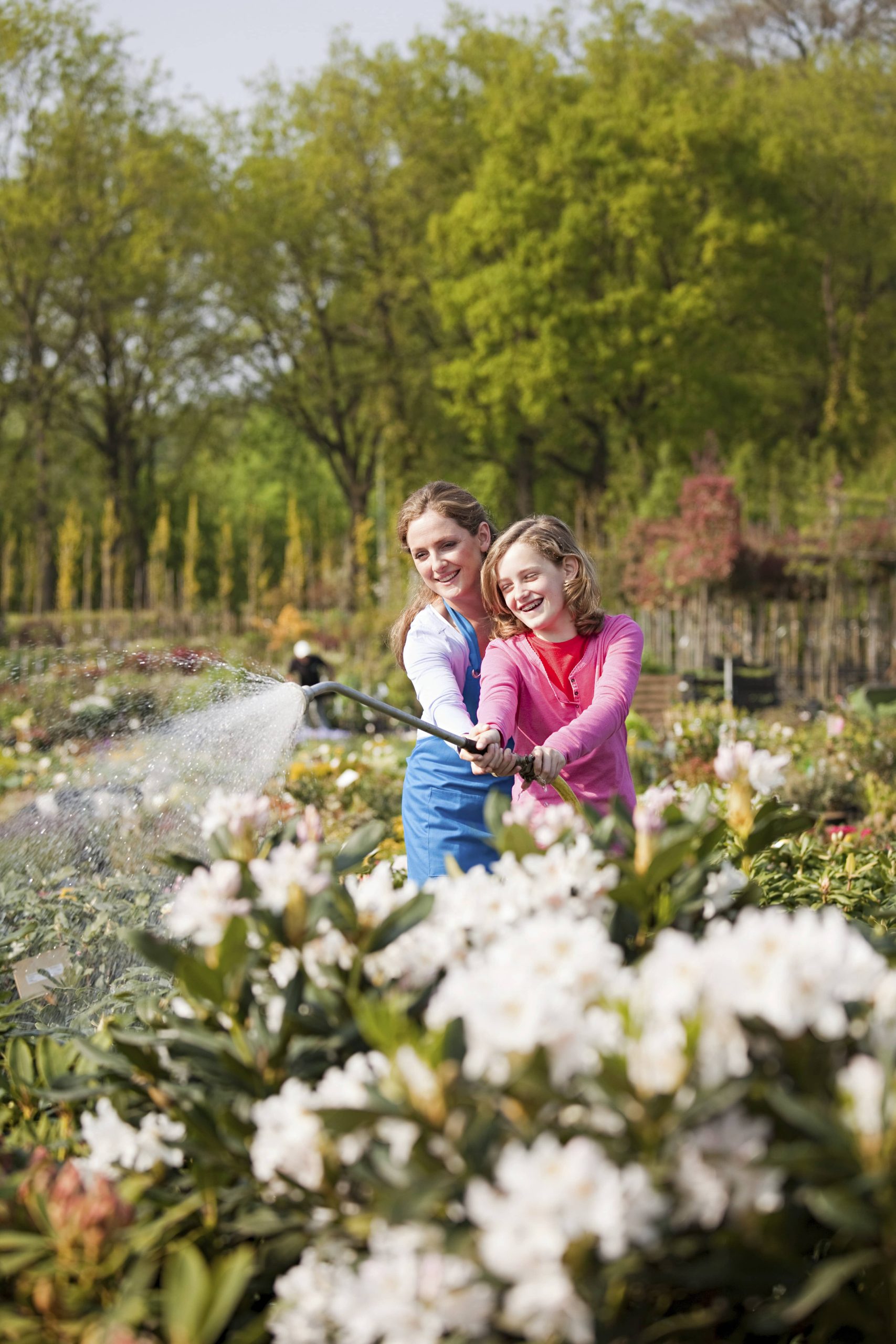
If you’ve ever found yourself dreaming of a serene oasis in your backyard, a place where the gentle sound of water lapping at the edges of a serene pond soothes away the stresses of the day, you’re not alone. Water gardens and backyard ponds have captured the imaginations of garden enthusiasts for centuries. Not only do they provide a peaceful retreat, but they also create a rich ecosystem that can support a variety of wildlife. Whether you’re looking to add a small water feature or a full-sized pond to your outdoor space, understanding the basics of designing and maintaining these tranquil spots is crucial. Here’s your guide to getting started with backyard ponds.
Designing Your Backyard Pond
1. Assess Your Space and Purpose
Before you dig the first shovelful of dirt, assess the location and space you have available. Consider the purpose of your pond. Are you aiming to create a natural habitat for wildlife, a zen meditation space, or a visually stunning focal point? Your purpose will guide many of the design decisions you make.
Choose a spot that gets sunlight for about four to six hours a day. Too much sunlight can lead to algae problems, while too little will affect plant growth. Observe how water flows naturally in your backyard and avoid low-lying areas that might collect rain run-off; excess water can flood your pond and upset the chemical balance necessary for healthy pond life.
2. Size and Shape
The size of your pond will depend heavily on the space you have and what you envision for your water garden. As a general rule, bigger ponds are easier to maintain because they have a larger, more stable ecological equilibrium. However, starting small can be less daunting for beginners.
The shape is equally important. Natural, irregular shapes tend to look more aesthetically pleasing and mimic the spontaneous beauty of nature. Use a hose or rope to sketch the outline of your pond before digging to give you a clear visual of your new project.
3. Selecting Materials and Features
When selecting materials for your pond, liner choices are crucial. The liner will be the foundation of your pond, effectively containing the water. Flexible rubber liners are popular due to their durability and flexibility, allowing for a more custom installation that fits your chosen shape.
Consider incorporating features such as waterfalls or fountains. Not only do they add visual and auditory appeal, but they also promote aeration, which is vital for maintaining water quality. Additionally, rocks and boulders can be strategically placed for both aesthetic appeal and to create natural habitats for amphibians and other pond dwellers.
Maintaining Your Water Garden
Once your pond is built and filled, the task of maintaining this beautiful ecosystem begins. It can seem overwhelming, but with the right knowledge, it’s quite manageable.
1. Monitoring Water Quality
A healthy pond requires good water quality. Regular testing of the pH, ammonia, nitrite, and nitrate levels is crucial. Most aquatic life prefers a slightly acidic to neutral pH (around 6.8-7.4). You can find water testing kits at your local garden center.
Overloading your pond with fish can lead to excessive nutrients levels, which can result in algae blooms. A good rule of thumb is to have no more than one inch of fish per square foot of surface area.
2. Controlling Algae
Algae is a common issue in many ponds. To control algae, ensure your pond is not too exposed to direct sunlight. Lilies and other floating plants can provide shade, reducing algae growth. Also, consider installing a UV filter which can help keep algae at bay by neutralizing the spores as water passes through.
Another method is to introduce beneficial bacteria that consume nutrients algae rely on. These can be added directly into the water and are often an effective measure in maintaining a balanced ecosystem.
3. Managing Plants and Wildlife
Aquatic plants are not just for looks; they are essential to your pond’s ecosystem. They provide oxygen, absorb excess nutrients, and offer shelter for wildlife. Submerged plants, which grow entirely underwater, are critical for oxygenation.
In terms of wildlife, ponds naturally attract frogs, dragonflies, and birds. While most of these visitors will contribute positively to your pond, monitor for any invasive species that might upset the balance of your ecosystem.
4. Regular Maintenance Tasks
Routine tasks such as skimming leaves, checking filters, and topping off water levels where necessary will keep your pond in great shape. Seasonal care, such as removing fallen leaves in autumn or using pond heaters in colder climates, will also be important.
Throughout the year, ponds can sometimes need a partial cleaning. Be careful with this process as removing too much of the established aquatic environment, like beneficial bacteria, can upset the balance and lead to a spike in algae.
Conclusion
Creating and maintaining a backyard pond might seem like a daunting task, but it’s an opportunity to build a deep connection with nature right in your own backyard. From the soothing sounds of water to the delightful visitors you will inevitably attract, your water garden can become a cornerstone of peace and beauty in your outdoor living space.
With a thoughtful approach to design and a diligent but loving maintenance routine, your backyard pond will flourish, providing enjoyment for years to come. Whether your goal is to attract wildlife or simply fashion a beautiful getaway, a well-maintained pond is certainly worth the effort.
Happy pond building, and may your garden be ever in bloom!

